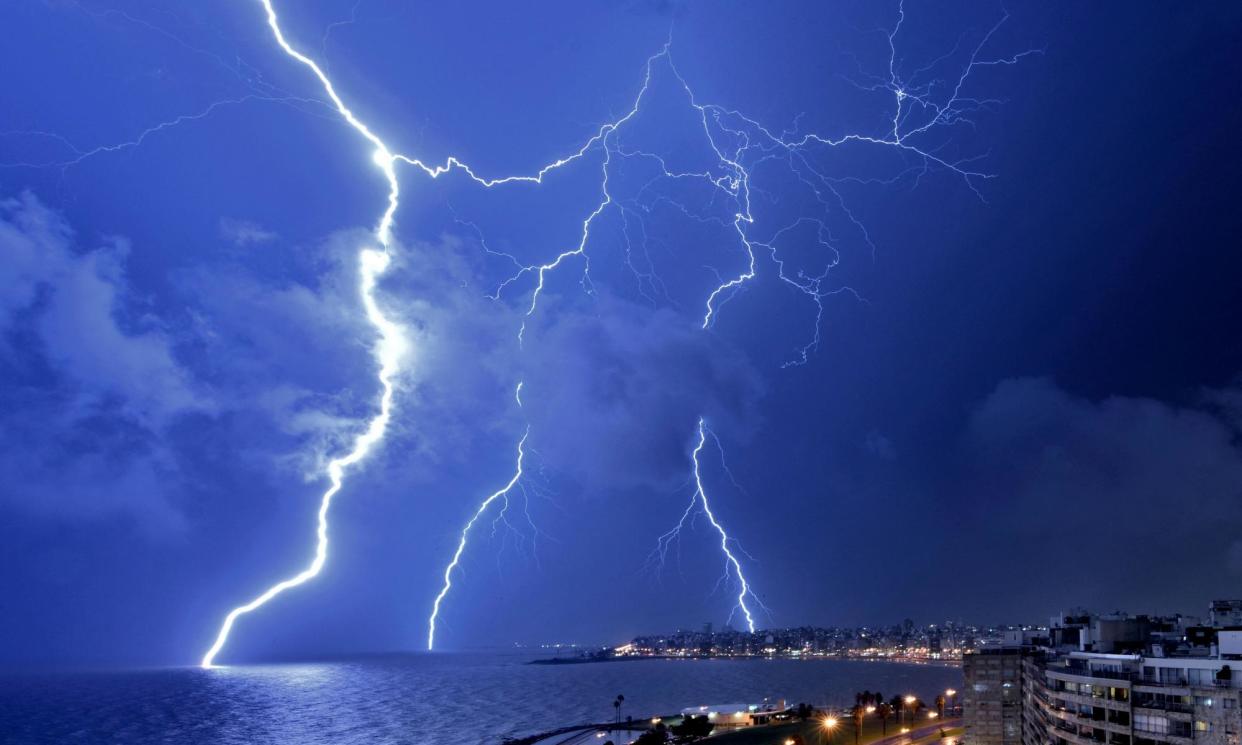How Shetland data is helping to gauge El Niño’s effect on thunderstorms

Does El Niño influence thunderstorm activity? The most recent El Niño – a climate fluctuation that generates warmer waters in the eastern Pacific Ocean every few years – has finally come to an end, but it is estimated to have been the fourth most powerful on record, exacerbating the climate crisis and bringing about record-breaking global temperatures, plus extreme weather including heatwaves, drought, excessive rain and flooding.
We know that El Niño events have a huge effect on oceanic and atmospheric circulation patterns, but do they also alter the electrical charge in the atmosphere? To find out, scientists at the University of Reading, Berkshire, are turning to measurements of atmospheric electricity gathered every hour at a weather station in Lerwick, on Shetland, Scotland, between 1925 and 1984. The data already suggests that the strength of the atmospheric electric field in Lerwick is altered by El Niño, even though they are more than 5,000 miles (8,000km) apart, through changes in thunderstorms.
To fully prove the link, however, scientists first need to digitise all the beautiful handwritten records. They are asking members of the public to help and have set up a citizen science project on Zooniverse. Understanding this link will give us a greater understanding of global thunderstorms and help us better prepare for the extremes associated with El Niño years.

 Yahoo News
Yahoo News 
